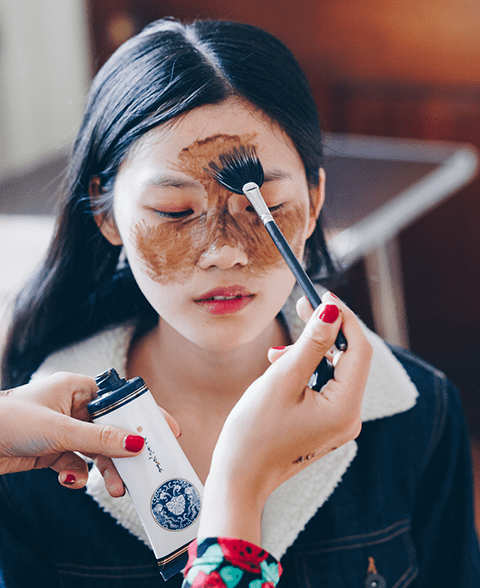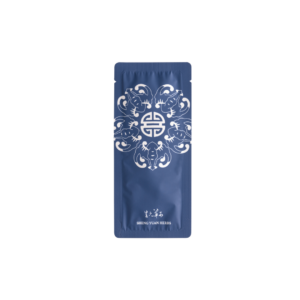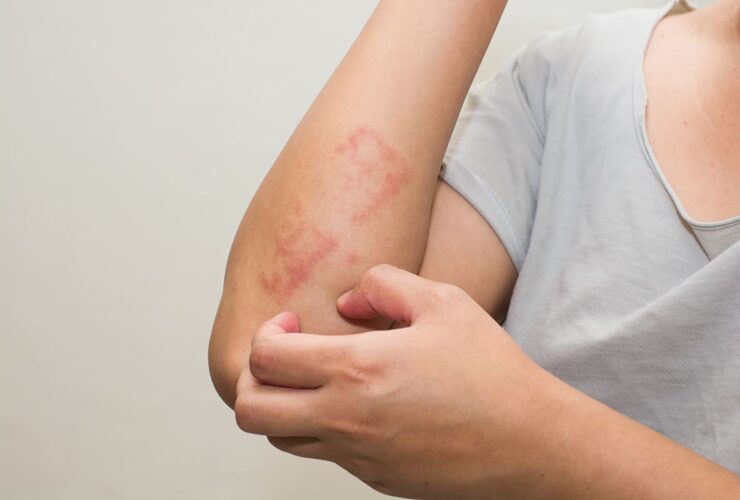
How Often Should You Use a Facial Mask? Can You Use It Every Day? Essential Tips for Using Facial Masks

Using a facial mask is the simplest and quickest way for common people to take care of their skin. But how long should you leave a mask on? How often should you use one? Can you use a facial mask every day? What should you do after using a mask? Do you know the correct answers to these common myths and questions about facial care?
To ensure that your skincare efforts are not in vain and that each mask you use is effective, let’s review whether your facial mask application and understanding are correct!
Types of Facial Masks
1. Sheet Masks:
The most common and basic type available on the market. Just open the package and apply it to your face. It’s very convenient! There are many types of sheet masks, suitable for all skin types. Whether you want to enhance whitening or hydration, using a sheet mask once or twice a week can make a noticeable difference.
2. Jelly Masks:
Ideal for dry and sensitive skin. They are easy to use—just apply a thick layer on your face, no rinsing needed. These masks typically focus on moisturizing and tightening effects. Using them two to three times a week is sufficient. Make sure to apply a generous amount; using too little will limit the effectiveness.
3. Wash-off Masks:
These masks usually come in foam or gel form. After applying evenly to the face, wait for a while before rinsing off with water. They are mostly used for cleansing and are generally gentle. However, over-cleansing can damage the skin. For dry skin, using it once a month is enough, while oily skin can benefit from using it two to three times a week.
4. Clay Masks:
If a clay mask does not contain mud elements, it is intended for gentle skincare and suitable for both dry and sensitive skin. If it contains mud elements, it has strong cleansing power. If mud masks are used, those with dry skin should enhance their hydration routine, while those with oily skin can use it once or twice a week as needed. Clay masks are similar to wash-off masks but offer stronger cleansing effects. They are usually used for oil control and exfoliating dead skin cells, providing deep skin cleansing.
5. Peel-off Masks:
Similar to clay masks, they remove blackheads and dead skin cells and some even offer moisturizing effects. However, their deep cleansing effect is not as strong as clay masks, and they can cause enlarged pores and skin irritation. For people with dry skin, using it once a month is recommended, while those with oily skin can use it twice every three weeks. People with sensitive skin types are advised not to use peel-off masks.
Correct Steps for Applying a Facial Mask
1. Face Cleansing:
Cleansing is the first step in all skincare routines. Clean your face thoroughly to remove dirt and open up your pores, allowing better absorption of skincare products.
2. Basic Skincare:
Follow your basic skincare routine based on your skin type. For dry and sensitive skin, start with toner and lotion as a base. For oily and hybrid skin, focus on moisturizing the dry areas first.
3. Applying the Mask:
After completing your basic skincare, apply the facial mask. For sheet masks, leave it on for about 15-20 minutes before removing it. For jelly masks, apply a thick layer while massaging it in, then leave it on overnight. For other types of masks requiring rinsing, follow the product’s recommended use instruction.
4. Enhanced Care:
Generally, if you use a sheet mask, your skincare routine is complete after removing the mask. However, for those who are into more thorough skincare, you can also apply a moisturizing or nourishing cream to lock in the mask’s nutrients. If you use a wash-off mask, it is recommended to apply a moisturizing lotion or cream afterwards to prevent skin dryness.
Frequently Asked Questions About Using Facial Masks
1. How long should I apply a facial mask?
For sheet masks, around 15-20 minutes is sufficient. Don’t assume that leaving it on longer is better, and never sleep with a sheet mask on, as it can cause your skin to lose moisture and become dry. For jelly or clay masks, follow the product’s use instructions. For example, the Empress Cixi Radiance Mask from Sheng Yuan Herbs only needs to be applied for 10-15 minutes before rinsing off with warm water.
2. How often should I use a facial mask?
Typically, using a mask once or twice a week is sufficient. If you have a special event or want to improve your skincare regimen, you can increase the frequency to two or three times a week. Empress Cixi Radiance Mask from Sheng Yuan Herbs can be used two to three times a week, or even daily for enhanced results.
3. Can I use a face mask every day?
Older style facial masks had rougher fabrics, so daily use was not recommended. However, modern facial masks have finer and tender fabrics with better ingredients. As long as your skin condition is stable and not sensitive, you can use non-cleansing masks daily.
4. Can toner be used as a substitute for a facial mask?
No, toner is meant to be a precursor to other skincare products to help with absorption. The ingredients in toner are different from those in masks, and their effects are not comparable
5. Can I talk or watch TV while wearing a face mask? Will it cause wrinkles?
If your mask fits well on your face, it should be fine. The concern is overdoing it. The reason it’s not recommended to talk or watch TV while masking is that the facial mask might not adhere properly, not because it would cause wrinkles.
These are the proper steps and concepts for using facial masks. Although sheet masks are convenient and portable, the quality of the mask fabric can affect how well your skin absorbs the ingredients and nutrients in the facial masks. Apply-on masks such as mud masks or jelly masks, while requiring rinsing, can cover your face fully, effectively isolate the skin from the air, and allow for adjustable application in specific areas, offering much more flexibility in use.
Check out Empress Cixi Radiance Mask and Empress Cixi Brightening Mask from Sheng Yuan Herbs to experience the secret skincare formulas enjoyed by the royalty in imperial China!





